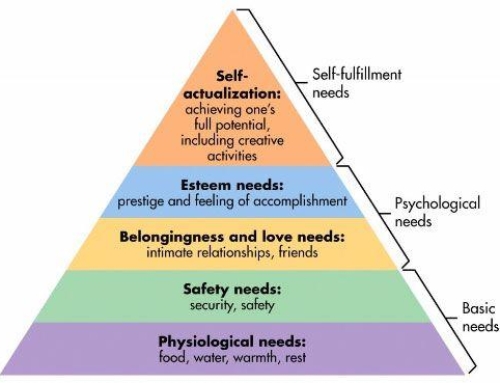You might already know from your first ten trips to the hardware store that there are many kinds of paint, each of them specialized for a specific paint job. Paints are differentiated into what kinds of surfaces they cover best and last the longest on.
There are two main types of paint: water-based and solvent-based. All paint is a mixture of a pigment and a binder. Latex and acrylic paints use water as a binder, while solvent-based paints use mineral spirit. Some specialty paints may use a thinner as a binder. Water-based paint is generally safer to spill than solvent-based paint, and there are special regulations for how solvent-based paints are to be disposed of.
The two main paint types most people use are base coats and finish coats. There are examples of water-based and solvent-based paints in both of these categories. Here’s how to use base and finish coats:
Base Coats
Primer
Primer should be used on bare, uncoated surfaces to protect the material and create a uniform, flat, smooth surface for the next coat to go onto. For exterior projects, you’ll need to scrape any paint flakes away and any peeling paint still clinging to the surface. Once the old paint is clear, you can put on a layer of primer. For interior projects, most interior paints are a
combination of first coat and primer.
Finish Coats
Flat
Flat finish coats are latex-based and usually used for ceilings. Flat finish is best used on siding and, because of its latex materials, it is resistant to water damage. Most painters use flat finishes for interior projects, but there are exterior flat finish paints available in coarse or smooth textures.
Eggshell
Eggshell finish is generally more durable than flat finish. You can tell an eggshell paint by its slight sheen when dried. It’s primarily used for interior wood surfaces, although some manufacturers specify that it can be used on exterior surfaces.
Gloss and Satin
The most durable finish paints are gloss and satin. Gloss is even more durable than eggshell and is used primarily on wooden and metal surfaces. Satin is used in the same way as gloss, but it has a slightly less shiny sheen. Both gloss and satin paint finishes are available as both solvent-based and water-based. Gloss and satin are very hardwearing and only require one coat after the primer and first coat. They can be used inside and outside.
Which Paint Should You Use?
The most important deciding factors when choosing a paint are surface materials and inside or outside. Different materials bond better with different paints, and you have to consider how much wear and tear your floor, wall, ceiling, etc. will be exposed to.
SOURCE: http://irelandsfinestinc.com





